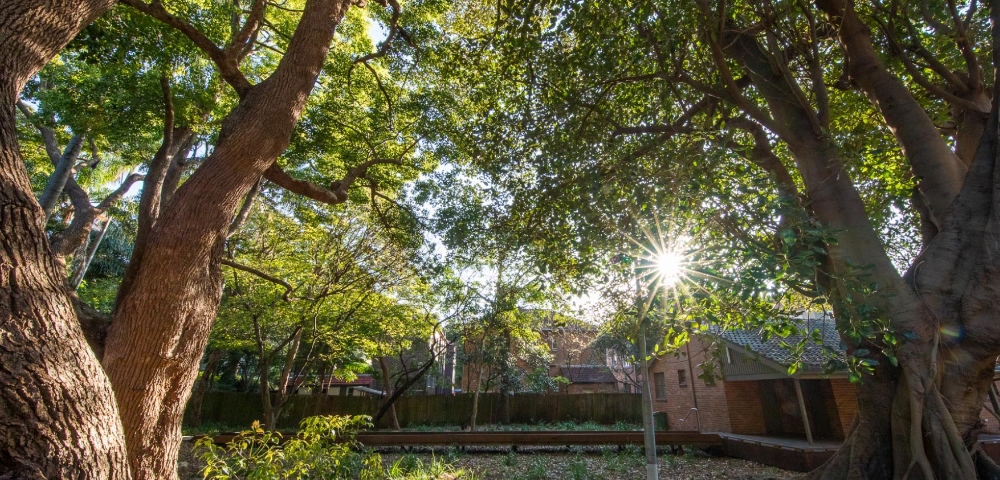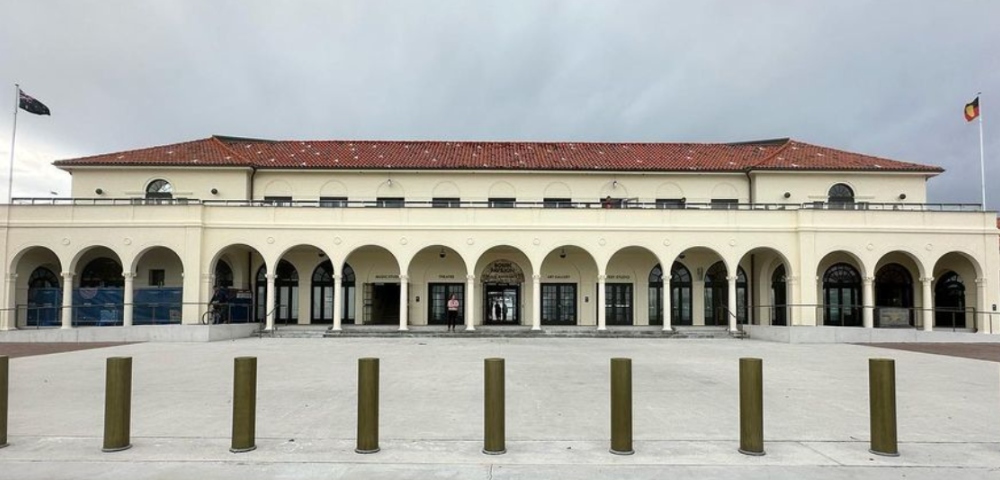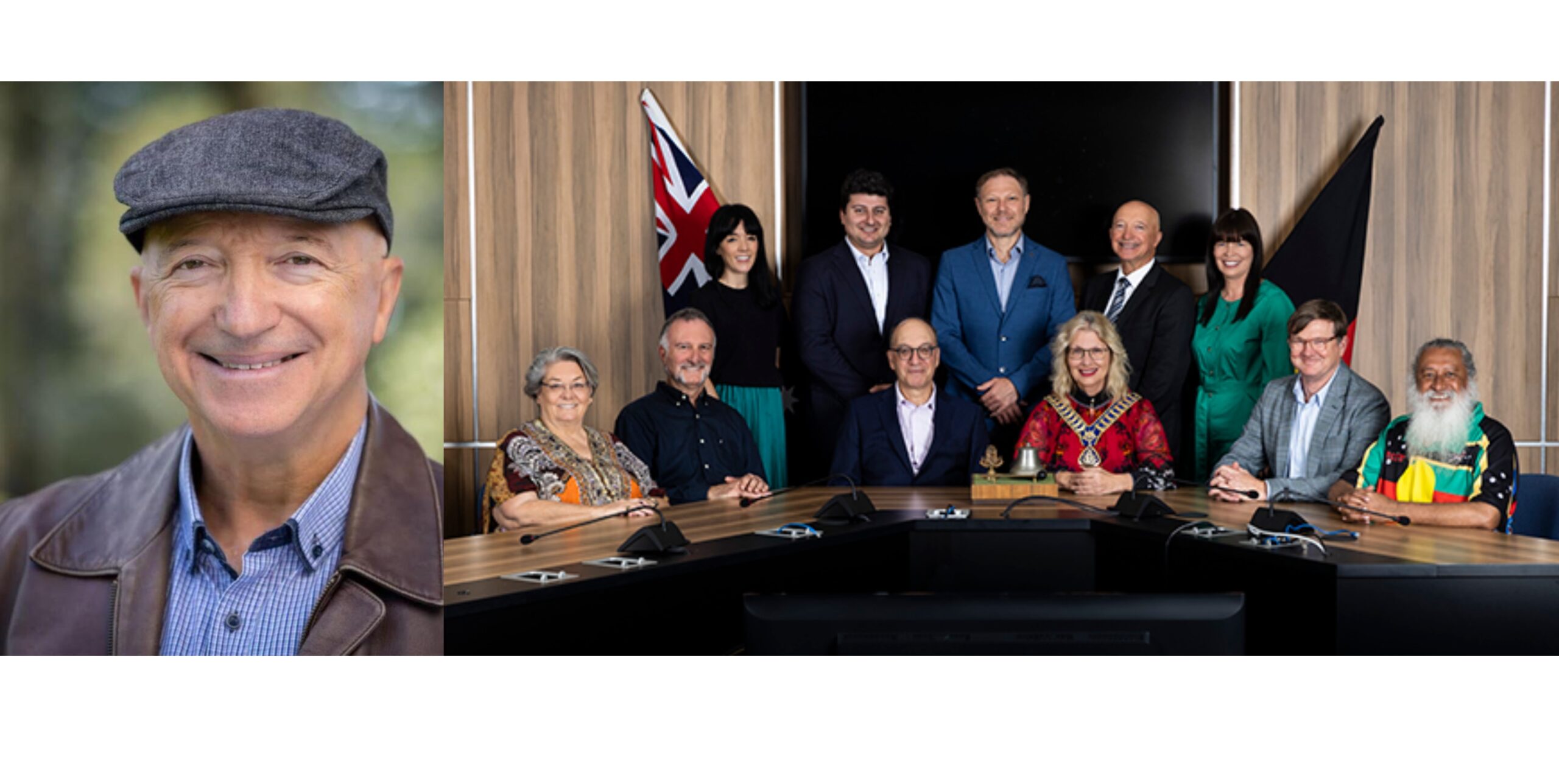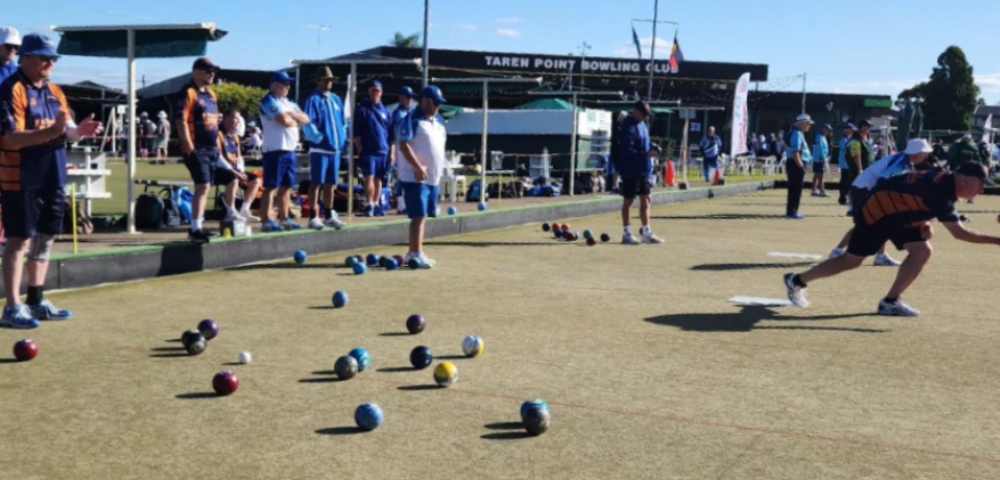
Waverley celebrates 100 years of saving lives

Waverley Lifeguard Service is holding its centenary celebrations this April, marking the occasion with an exhibition on the history of the service.
First established in 1913, the service begun when Council appointed their first lifeguard, Dennis ‘Dinny’ Brown to do a solo patrol of Tamarama Beach. He did not have the equipment lifeguards have today.
Lawrie Williams, who was a lifeguard in the service for 20 years, said lifeguard technology had improved markedly from when he worked in the 1970s.
“When I started as a lifeguard in 1978, in that year lifeguards were still wearing one-piece costumes. We had rescue boards but they weren’t as streamlined as the ones the lifeguards have today,” he said.
“There were no jet-skis back in those days, but we had an inflatable rescue boat which was otherwise known as a ‘rubber duckie’.”
In addition to educating people on how the lifeguards did their job, the exhibition also documents the relevance of the service today.
Waverley Mayor Sally Betts said the exhibition highlights how the lifeguards work is even more significant in the modern day.
“Bondi is one of the world’s busiest beaches with up to 50,000 visitors on a summer’s day and thousands of rescues performed by our lifeguards each summer. We are very thankful to have such highly skilled lifeguards looking out for us as we enjoy our beautiful beaches,” she said.
To maintain a high level of rescues, the lifeguard service maintains stringent requirements on becoming a lifesaver. To be successful, an applicant needs to have proven skills either as a professional lifeguard, a surf lifesaver or solid experience on an open ocean surf beach in a wide range of conditions.
One of the most intriguing rescues that these lifeguards undertook occurred in October 2006 when a local dog named Ruby escaped her yard and followed children to Bronte Beach. Ruby soon became trapped in a strong shore dump and lifeguards came to the rescue. Ruby was brought in safely.
Early lifeguards also had very basic facilities. If shelter was needed, they would go to the beach tunnels underneath Queen Elizabeth Drive. Eventually the lifeguards obtained their own room at the northern end of Bondi Pavilion.
The room was a first aid room in reality, but the lifeguards used it as a de facto change room and lunchroom for many years. Today they have a state of the art lifeguard tower and dedicated office space in Bondi Pavilion.









